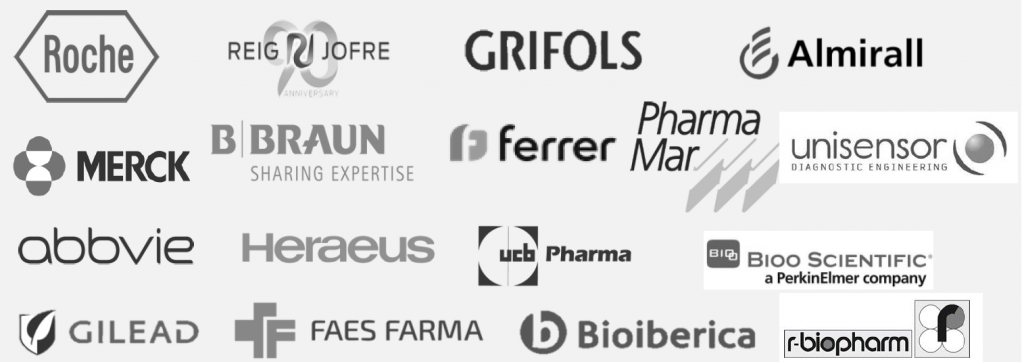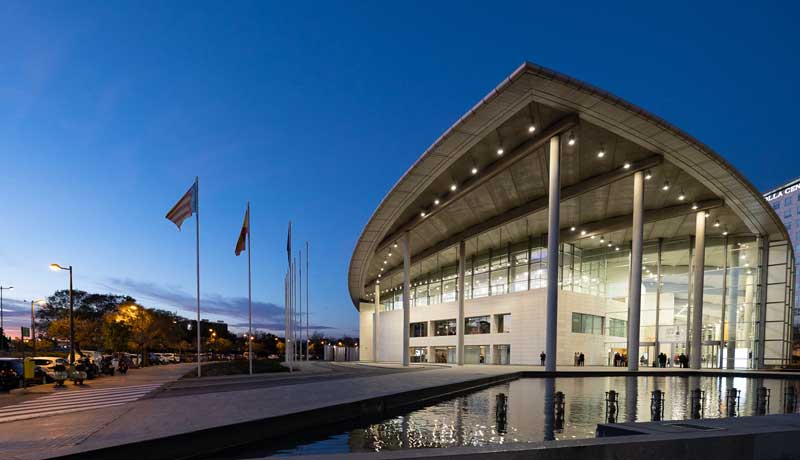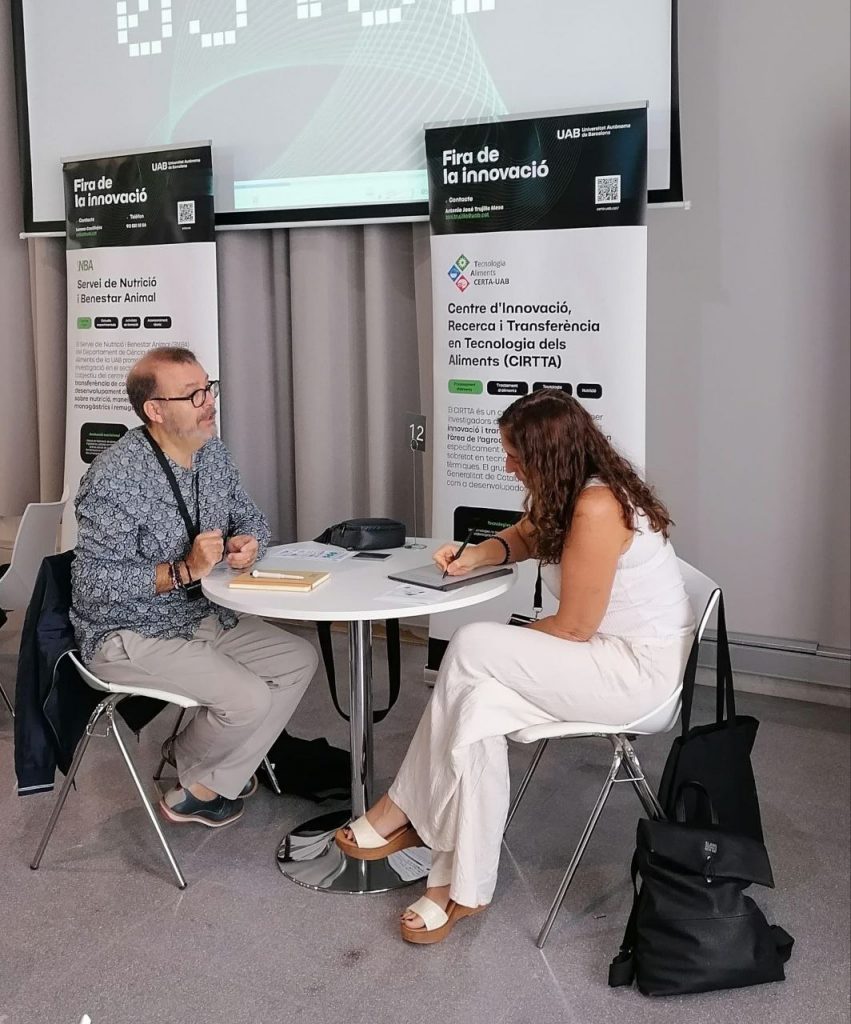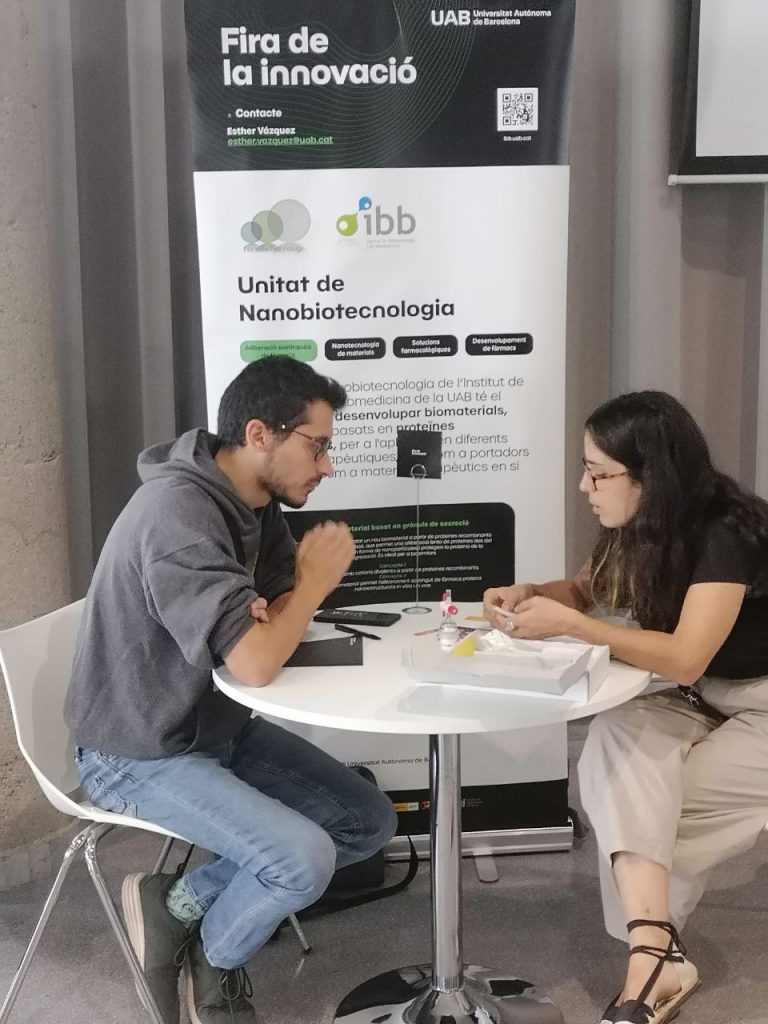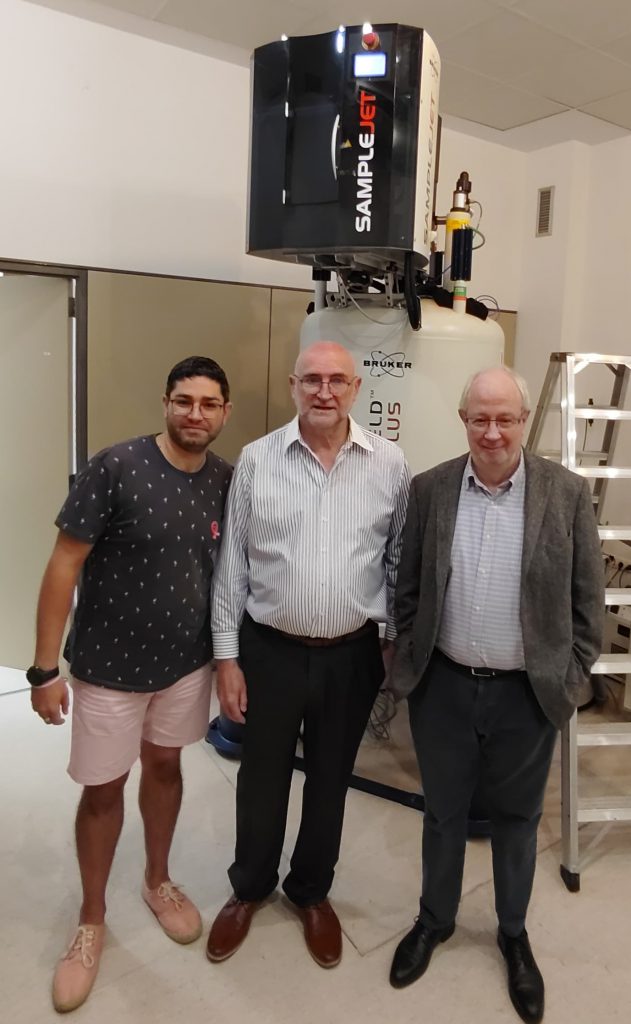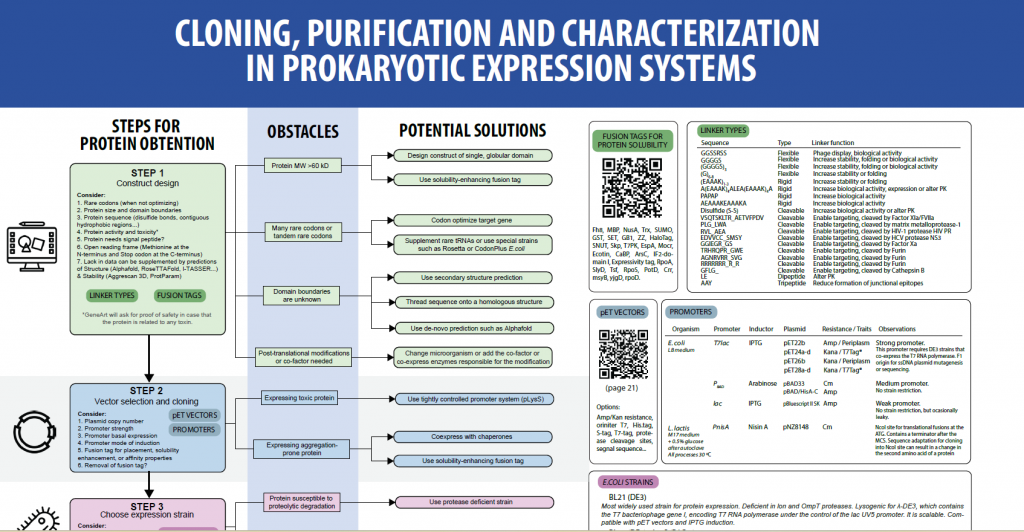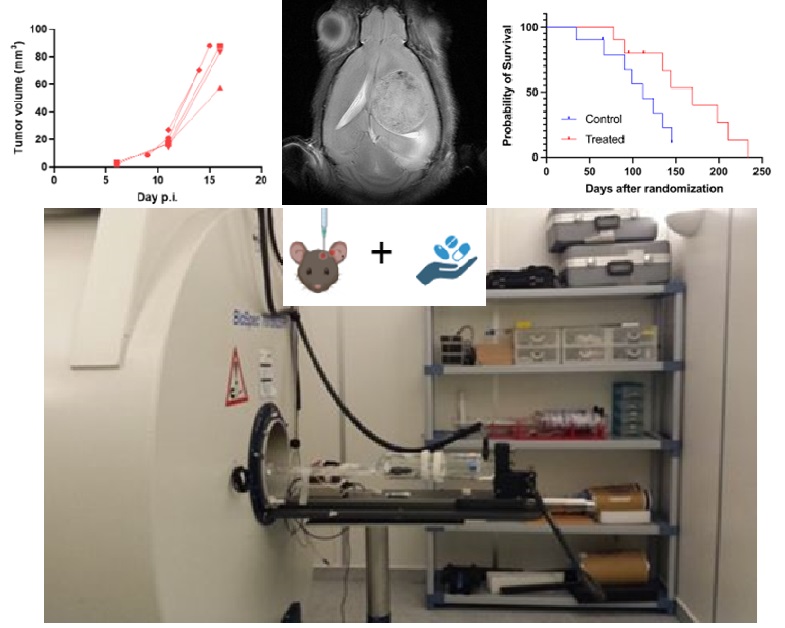NANBIOSIS in the CIBER Conference in Valencia
NANBIOSIS will showcase its services and present the Chips R’ Us project at the 10th Anniversary CIBER Conference in Valencia, Nov 27-30, 2024.
Valencia, november 2024. In cellebration of the 10th anniversary of the CIBER network, CIBER is organizing a special edition of its Scientific Conference 2024, which will take place in Valencia on November 27-30, 2024. This prestigious event, which is expected to gather over 1500 researchers, clinicians, and key stakeholders in biomedical innovation, serves as a vital platform for presenting cutting-edge scientific achievements and fostering collaborations within the Spanish research ecosystem.
This year, NANBIOSIS will have a significant presence at the conference. We will activelly participate in the organization of the event, demonstrating our continued commitment to advancing biomedical research through innovation and collaboration.
NANBIOSIS at the Conference
During the conference, NANBIOSIS will showcase its services and capabilities at a dedicated stand, shared with other leading scientific platforms. This joint exhibition aims to highlight the synergies and resources available within the Spanish scientific community, promoting the integration of multidisciplinary approaches to address complex biomedical challenges.
In addition to its presence at the stand, NANBIOSIS will also take center stage during the closing session of the conference, where Chips R’ Us, a pioneering project coordinated by the platform, will be presented. This project, in which four different CIBER platforms participate (CIBER-BBN, CIBERES, CIBER-INFEC and CIBER-ONC), exemplifies the innovative research fostered by NANBIOSIS and its impact on translational medicine.
The CHIPS R’ US project aims to improve the study and treatment of Lower Respiratory Tract Infections (LRTI), a leading cause of child mortality. The project aims to replicate a realistic lung microenvironment using Organ-on-chip technology. This approach allows precise emulation of respiratory conditions and enables real-time monitoring with advanced imaging tools. Coordinated by NANBIOSIS, the project fosters collaboration across four CIBER areas (BBN, ES, INFEC, ONC) and lays the groundwork for future interdisciplinary initiatives.

Solidarity and Commitment: CIBER Stands with Valencia
As stated by the organization of the event: “We express our solidarity with Valencia and its residents following the effects of the DANA and confirm that the congress will proceed as planned, reaffirming our commitment to scientific development”. The webpage of the conference also stated that “We firmly believe that moving forward with the CIBER Congress is our best way to support the Valencian Community while maintaining our commitment to the scientific community and society at large.”
A Key Venue for Biomedical Innovation
The conference program includes a mix of plenary sessions, round tables, poster presentations, and networking activitis, covering diverse areas such as personalized medicine, advanced therapies, and health technology. By bringing together experts from various disciplines, the event creates opportunities for the exchange of ideas and the development of groundbreaking solutions to improve patient care.
NANBIOSIS invites all attendees to visit its stand to learn more about its state-of-the-art services and to attend the closing session to discover the outcomes of Chips R’ Us. As a key participant in this 10th Anniversary CIBER Scientific Conference, NANBIOSIS reaffirms its position as a leader in enabling high-impact biomedical research.
For more information about the event, please visit the CIBER Annual Scientific Conference website.
What is NANBIOSIS?
The goal of NANBIOSIS is to provide comprehensive and integrated advanced solutions for companies and research institutions in biomedical applications. All of this is done through a single-entry point, involving the design and production of biomaterials, nanomaterials, and their nanoconjugates. This includes their characterization from physical-chemical, functional, toxicological, and biological perspectives (preclinical validation).
In order to access our Cutting-Edge Biomedical Solutions with priority access, enter our Competitive Call here.
NANBIOSIS has worked with pharmaceutical companies of all sizes in the areas of drug delivery, biomaterials and regenerative medicine. Here are a few of them:
